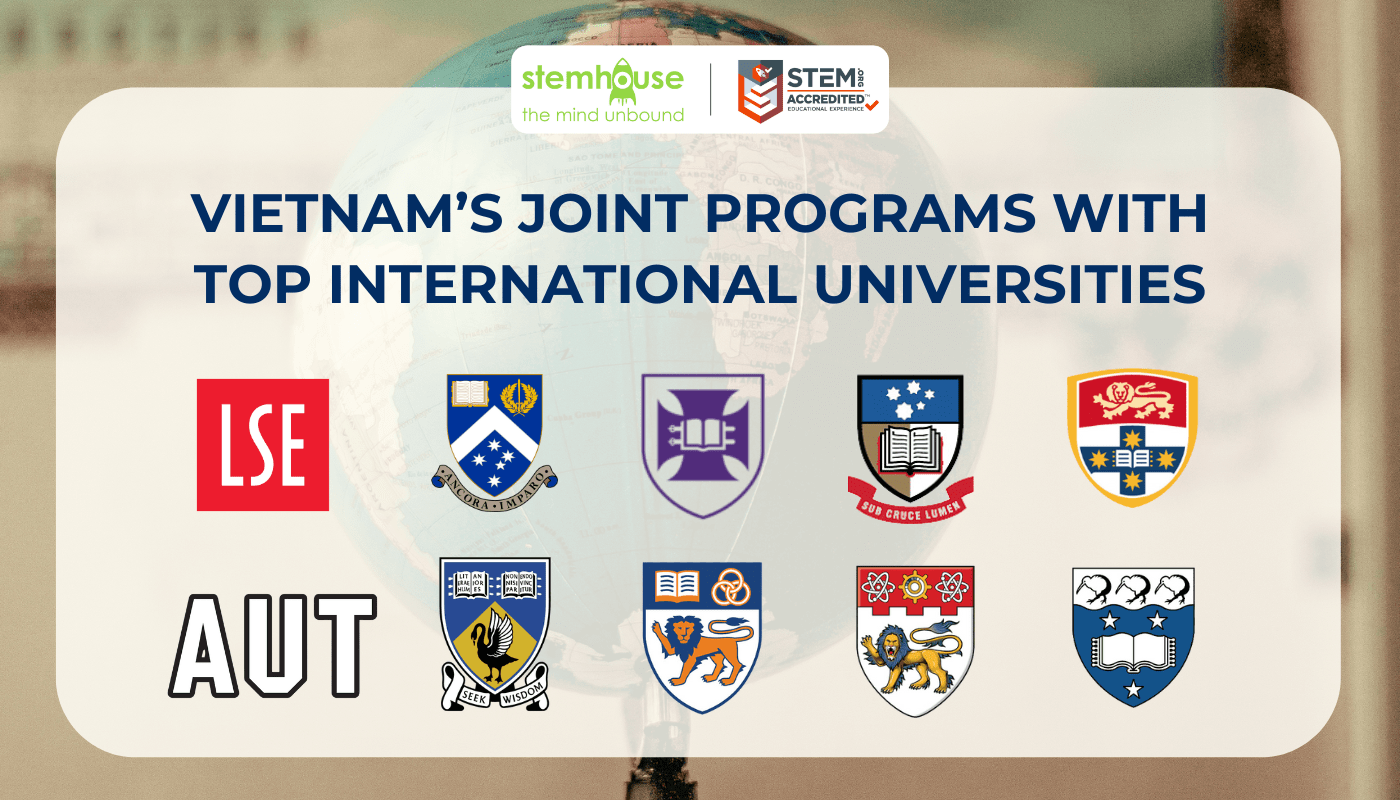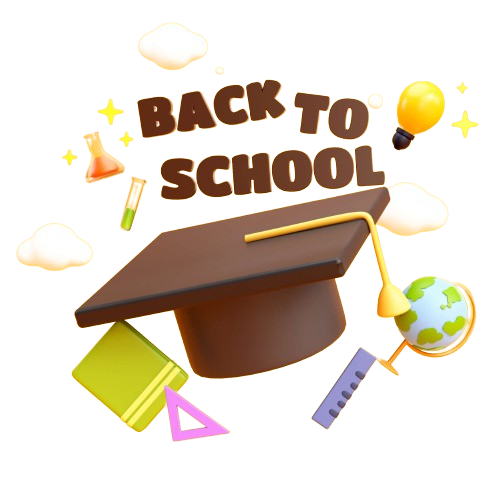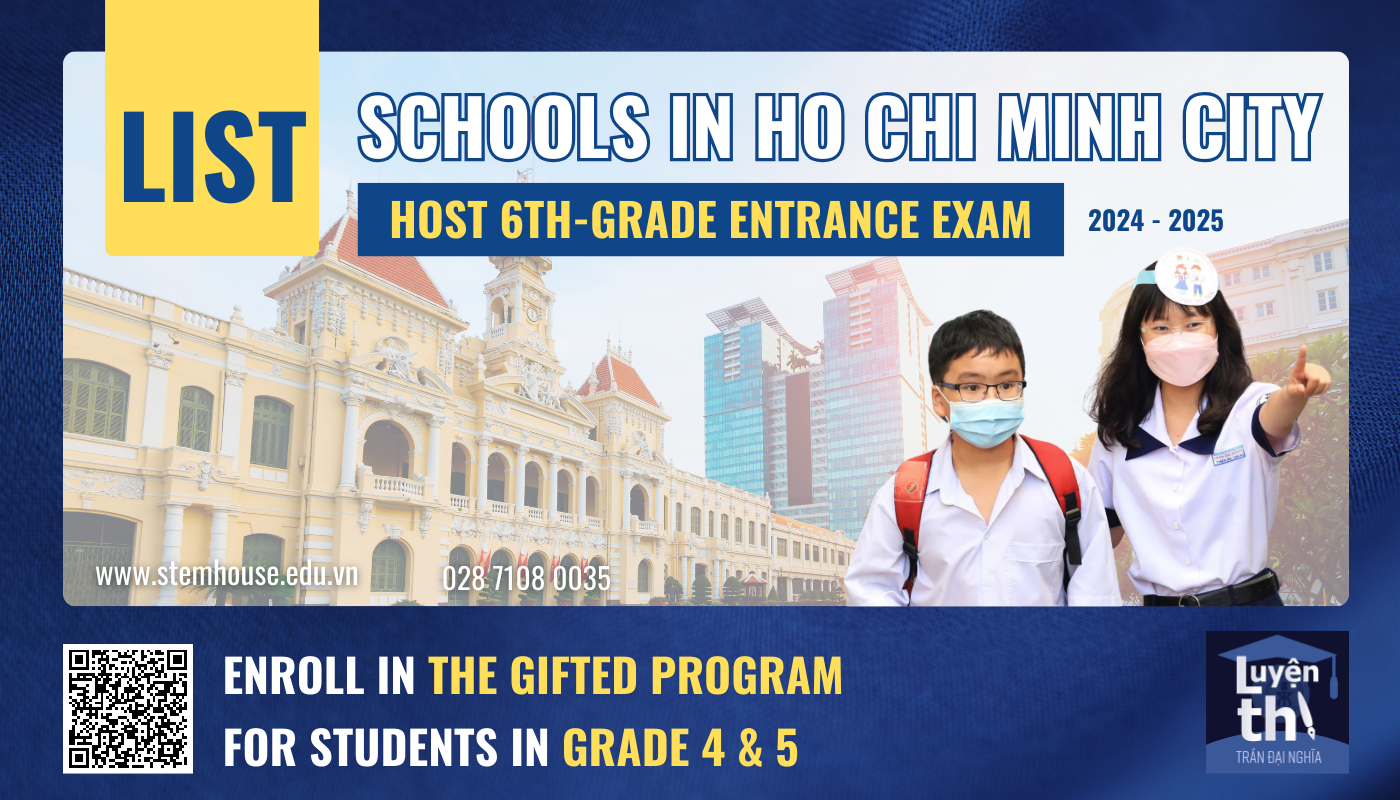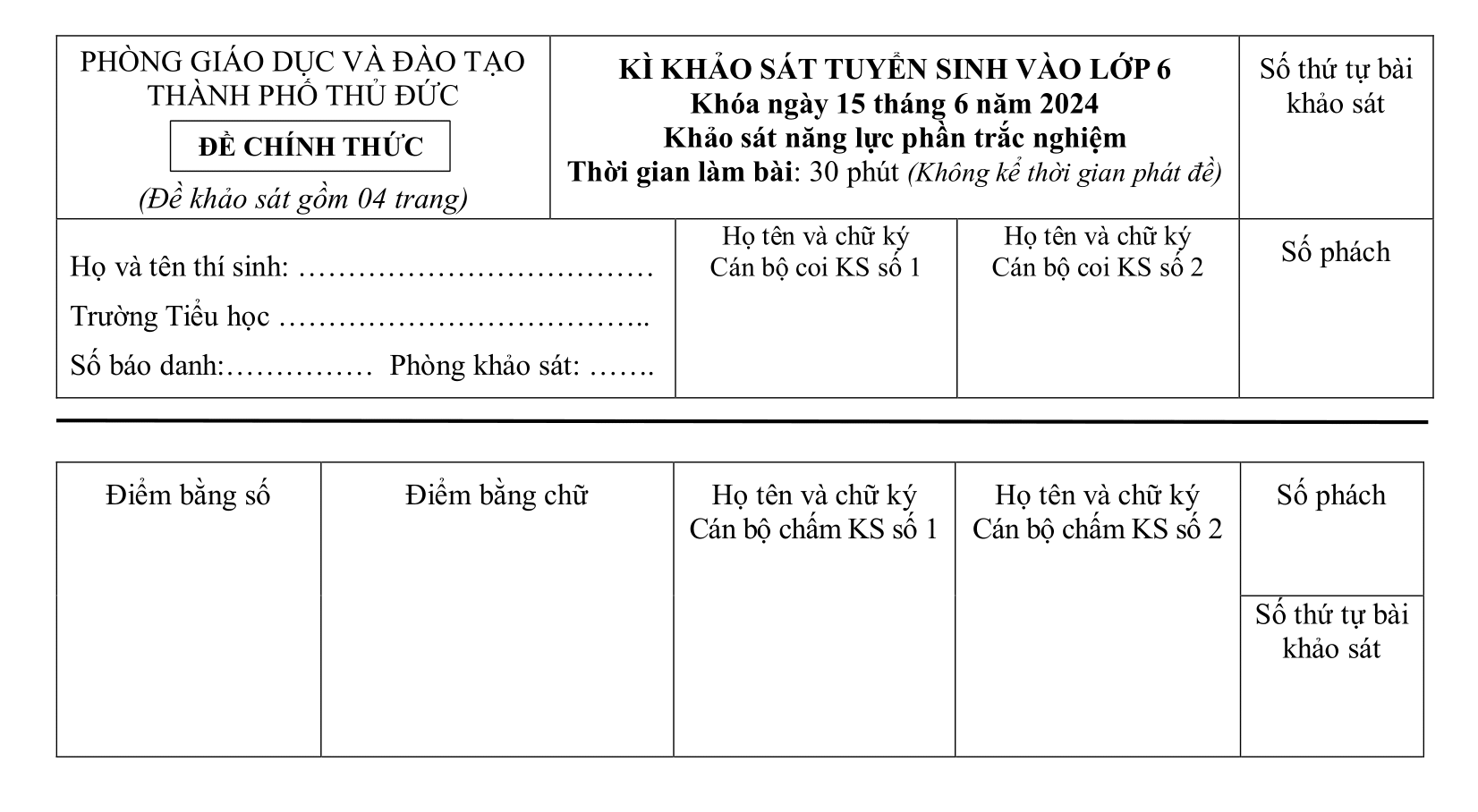AFTER-SCHOOL EDUCATION IN AMERICA
After-school education has become an integral part of the American education system, with nearly 10.2 million students, accounting for about 18% of the total student population, participating. These programs not only aim to support academic achievement but also help students develop social skills, explore new interests, and hone important soft skills. Unlike many Asian countries, after-school programs in the U.S. focus on holistic student development through extracurricular activities, academic support, and enrichment classes.
Advantages of extracurricular activities
Promoting well-rounded development
Extracurricular activities have been an essential part of American education for decades, encompassing sports, arts, music, drama, debate, and numerous clubs catering to students’ diverse interests. Sports are particularly popular, with 54.1% of students aged 6-17 participating in 2020. These activities provide more than just enjoyment; they also foster teamwork, discipline, time management, and leadership skills. Extracurriculars offer students the chance to socialize, build self-confidence, and explore interests that may shape their future careers.
Academic enrichment: Stimulating creative thinking
In addition to extracurriculars, after-school academic enrichment programs play a vital role in sparking curiosity and intellectual growth. These programs often focus on STEM (Science, Technology, Engineering, and Mathematics) subjects, coding, and topics outside the regular curriculum. Through these classes, students not only gain additional knowledge but also develop critical thinking, problem-solving skills, and a passion for learning, laying the groundwork for future academic and career success.
Summer programs: Preventing the “summer learning loss”
One key aspect of after-school education is summer programs, designed to prevent the “summer learning loss” phenomenon. This term refers to the loss of academic skills and knowledge that some students experience during the long summer break, especially in countries like the U.S. with extended vacations. According to the National Assessment of Educational Progress (NAEP), students can lose 1-3 months of learning during the summer, particularly in math and reading. A study by Johns Hopkins University revealed that roughly two-thirds of the achievement gap in 9th-grade reading scores can be attributed to the effects of summer learning loss during elementary school.
Summer programs offer a range of academic and recreational activities, helping students keep their minds engaged and ensuring their learning momentum isn’t interrupted over the long break. These programs also allow students to explore new talents and interests, further enriching their educational experience.
Learn more about the 2024 Stemhouse summer camp program here
What makes American education different?
In conclusion, after-school and summer programs in the U.S. promote the comprehensive development of students, not only enhancing their academic knowledge but also fostering life skills, creative thinking, and confidence in self-exploration. Through these opportunities, students are better equipped to succeed academically and socially, paving the way for future growth and success.
Popular Posts





















